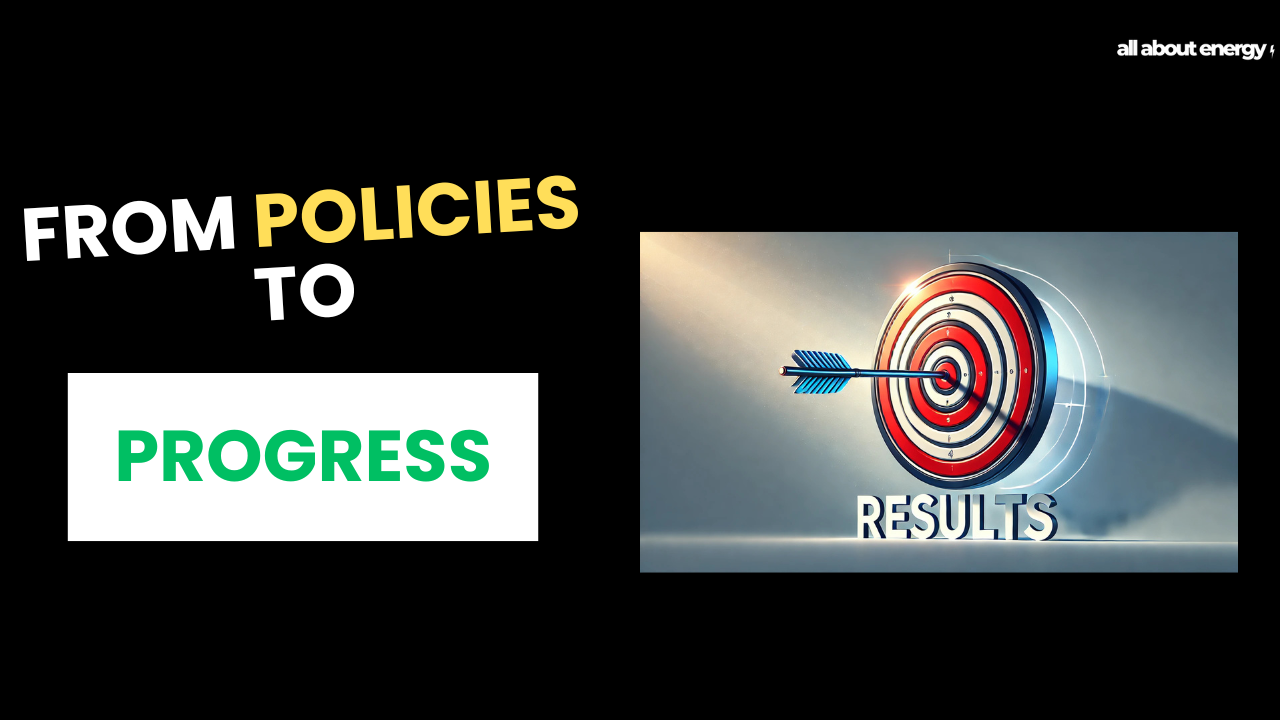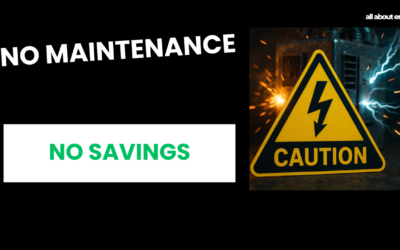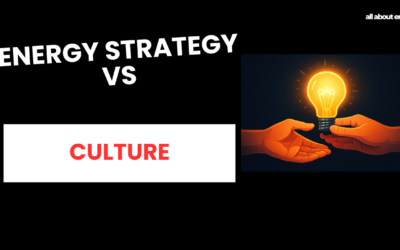Writing an Energy Policy That Delivers Results
Written by Joe Wright
Energy is a strategic priority for all organisations, and one of the critical components of energy management is an effective energy policy. If your organisation doesn’t have one, you’re leaving energy savings, compliance benefits, and even progress toward your net zero goals on the table.
I’m going to share some guidance on how you create a policy that supports the goals you have, whether they are consumption, cost or compliance related.
Step 1: Align the Policy with Your Organisational Vision
Every effective energy policy starts with alignment to the organisation’s broader vision and goals. Think of this as answering the question: Why does energy management matter to us?
To establish this alignment:
- Understand Internal Drivers: These might include cost reduction targets, operational efficiency, or risk mitigation. For example, if your business is scaling production, energy optimisation could be a tool for managing rising costs.
- Address External Pressures: Regulatory compliance (like ESOS and SECR) and stakeholder demands for sustainable operations are key external motivators.
- Set Context-Specific Priorities: If your organisation has declared a net zero target, the energy policy becomes a critical roadmap to achieving it.
By rooting your energy policy in both internal and external factors, you ensure buy-in at all levels of the organisation, from the boardroom to the shop floor.
An energy policy is something often missing in lots of organisations and it’s very clear to see.
For example ESOS participants have to have their business audited every 4 years as of writing. Now as an ESOS Lead Assessor I’m involved in a lot of these audits, and even get to audit companies I’ve seen before.
Even though companies know it’s coming many are often unprepared with the data required to conduct the analysis. An energy policy for such organisations would involve readiness for ESOS and so would be collecting and storing energy data so that when the ESOS compliance period comes around you’re ready to go. In fact there are a few other things that could be part of the policy to make compliance a breeze.
Step 2: Develop Clear and Quantifiable Objectives
A vision without measurable objectives is just an idea. Objectives translate intent into actionable targets. To define them effectively:
- Start with Baseline Data: Understanding where you’re starting is essential. Audit your current energy use, identify inefficiencies, and calculate your carbon footprint.
- Define SMART Goals: Objectives should be Specific, Measurable, Achievable, Relevant, and Time-bound. For instance, instead of a vague goal like “reduce energy use,” aim for “reduce energy consumption by 15% across all sites by the end of FY2026.”
- Account for Variability: Consider external factors like seasonality, production schedules, or market trends that might impact energy use.
Quantifiable objectives make it easier to track progress and hold teams accountable.
Step 3: Build a Strong Governance Structure
Even the best-written policy will fail without proper governance. Governance ensures your policy is implemented, monitored, and adapted as needed. Here’s what to include:
- Energy Manager: Designate a dedicated individual to oversee strategy execution. This role should have the authority to drive change across departments.
- Cross-Functional Teams: Bring together representatives from facilities, procurement, operations, and finance. This ensures energy management is integrated into all business functions.
- Executive Oversight: Leadership buy-in is essential. Schedule quarterly reviews to update executives on progress and challenges.
- Policy Integration: Make sure the energy policy aligns with other corporate policies, such as sustainability, procurement, and health and safety.
A well-defined governance framework ensures energy management is embedded into the organisation’s DNA rather than treated as a side project.
The governance structure above is ideal but adapt as necessary. Not everyone will have the resource capability for a dedicated Energy Manager for example.
Step 4: Create an Action-Oriented Strategy
Your energy policy needs to outline not just what you want to achieve but how you’ll achieve it. This is your opportunity to translate high-level goals into concrete actions. Examples include:
- Facility-Wide Audits: Identify specific inefficiencies, such as poorly maintained HVAC systems or outdated lighting.
- Technology Investments: Commit to upgrades like variable frequency drives, smart meters, or energy-efficient motors.
- Behavioural Initiatives: Implement employee awareness programs to reduce energy wastage.
- Process Optimisation: Revisit operational processes to identify opportunities for energy reduction without compromising output.
A detailed action plan ensures clarity and provides a roadmap for achieving your goals.
Step 5: Focus on Monitoring, Verification, and Reporting
Data is the backbone of an effective energy policy. Without it, you won’t know if you’re making progress. Implement systems to monitor energy usage and track progress toward your goals. Key performance indicators (KPIs) might include:
- Energy intensity metrics (e.g., kWh per unit of output).
- Monthly energy savings compared to your baseline.
- Carbon emission reductions in CO2e.
Regular reporting ensures transparency and allows you to adjust your strategy as needed.
In addition to the above, leveraging technology by using energy management systems to collect real time data is a useful way to help stay on track. You can also use this for advanced analytics to help identify trends and anomalies.
If you don’t yet have an energy policy, now is the time to create one. It’s a vital step toward reducing costs, achieving compliance, and hitting your net zero targets.
If you do have a policy, consider whether it’s delivering the results you need.
Want an idea of how well it fits into your broader strategy? Take our free energy management scorecard quiz to find out where you stand and get tailored recommendations.
Are you looking to improve your organisations energy management practices?
Take our Energy Management Scorecard quiz to assess your current strategies and identify areas for improvement. Click below for the free assessment

You May Also Like…
Compliance Simplified
If you’re part of any of the mandatory compliance scheme like SECR, ESOS, or the many others out there, then you...
Why maintenance matters for energy management
When you think about improving your energy management, where does your mind go first? Upgrades? New systems? Cutting...
Creating A Culture Of Energy Efficiency
If your business is subject to compliance schemes like ESOS or SECR, you’re not alone. A lot of the companies I work...




